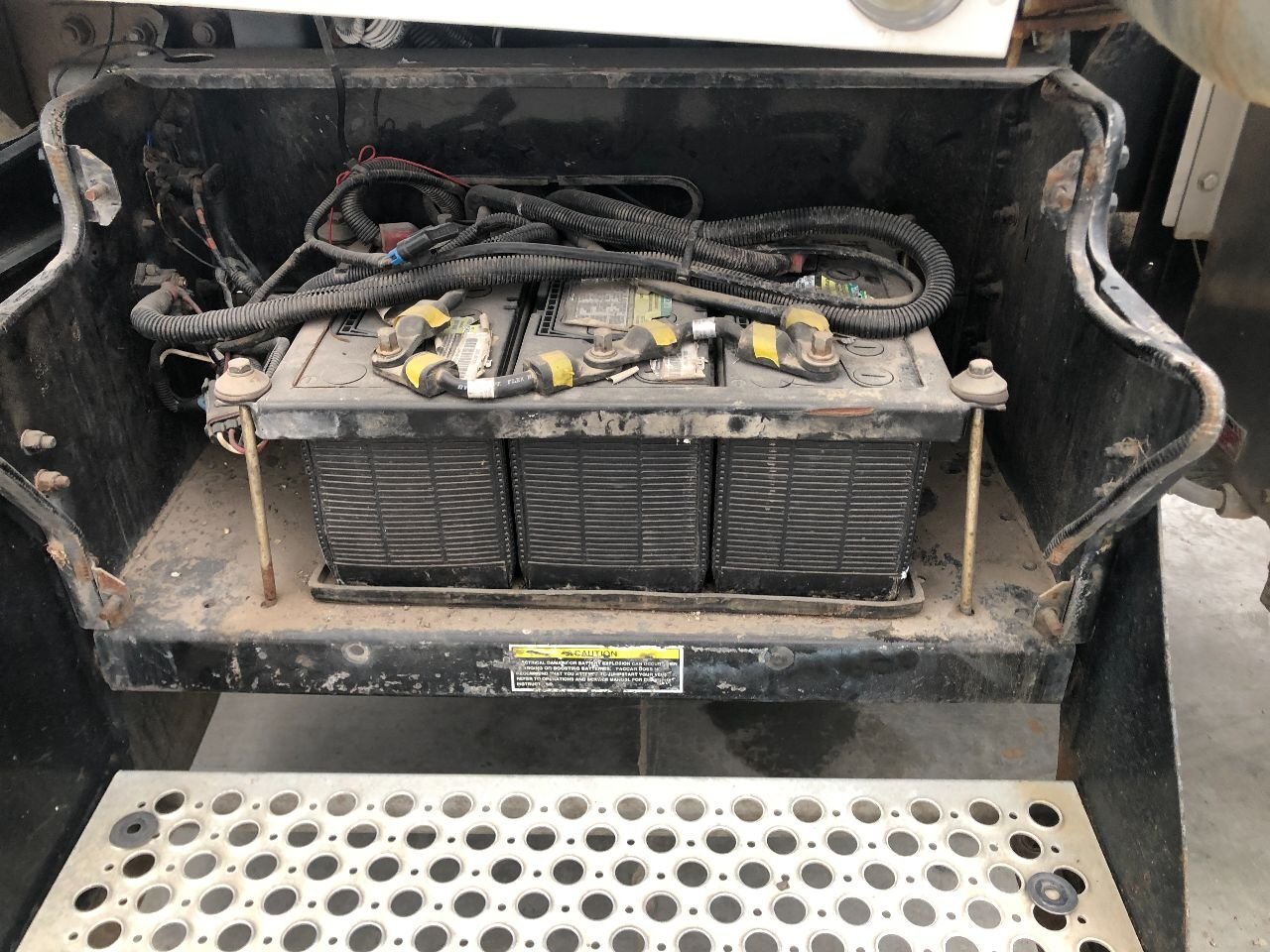

The second tray would then slide down over the lip of the first tray making it a nested assembly. One way to do this would be to have a lip on the tray that would slide down over the web. The only method I could devise to secure the batteries would be to design a battery tray that would clip over the web. One battery would need to positioned on either side of the web. The web is there to provide a home for the retracted skag and rudder underneath the hull.
BATTERY BOX FOR KAYAK PRO
Luckily, the aft compartment on a Pro Angler 14 has a heavy molded web running longitudinally down the center of it. In order to mount and hold the batteries I needed to design a battery tray that would both hold the battery and secure itself to the kayak structure in some way. They still needed to have a hefty mount to prevent movement. They weighed 6.4 lbs each, which is less than half the weight of an equivalent lead acid battery. The new Dakota batteries arrived and the actual dimensions were as advertised. At this point I purchased two of the Dakota 23 Ah batteries and kept my fingers crossed that I could figure out a way to secure them in place. I contacted Dakota to see if there would be any problem with a horizontal installation and was assured that the batteries would be just fine installed horizontally. I made up wood block models and it appeared that the batteries would fit, however the hatch assembly would need to be removed for installing or removing them. The published physical size of the battery was was very close to the compartment size providing the batteries could lay nearly horizontal.

BATTERY BOX FOR KAYAK INSTALL
But I kept looking.Īnother design challenge, assuming there was a battery that would fit, there was no way to use fasteners such as screws or bolts inside the compartment to secure the battery.Īfter quite a bit of looking, I found that the new Dakota 23 Ah batteries would meet the power and weight requirements, provided I could install two of them.
BATTERY BOX FOR KAYAK PORTABLE
I did not want to give up any other areas of the kayak and I didn’t want a portable plug-in box that I had to load on the kayak every time I launched it. Not only that, it was also unlikely I would even be able to fit them in the forward compartment without giving up the cargo tub. Very desirable for the battery(s) to fit in the aft compartment due to the way I load and handle the kayakīased on the power requirements of the Solix and my desire for 10 hours of fishing without a recharge, I would need a minimum battery size of 30 Ah assuming a draw down of 80% leaving 20% power remaining (10 hours of fishing x 2.5 Ah x 1.2).īecause of the space constraints and the irregular shape of the aft Hobie compartment it became obvious that all the batteries that met the power requirements would not fit in the compartment. Must be highly reliable and maintenance freeį. Must be permanently installed below deck and secured against movement so that when I roll the kayak over on its side to install or remove the wheels the batteries stay put.Į. Battery Criteria in order of importanceī. The battery(s) should be capable providing continuous power for at least one 10 hour day of fishing without a recharge. Install adequate deep cycle, rechargeable battery(s) in my Hobie PA 14 to operate a Humminbird Solix 10 which draws 2.5 Ah. Installing two 23 Ah Dakota lithium batteries in the aft compartment of a 2017 Hobie Pro Angler 14īy Joseph Brillhart, Dakota Lithium customer & community member Main Goal:


 0 kommentar(er)
0 kommentar(er)
